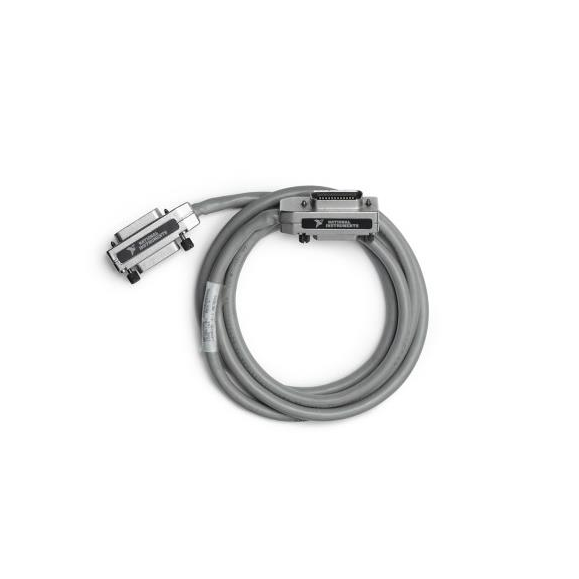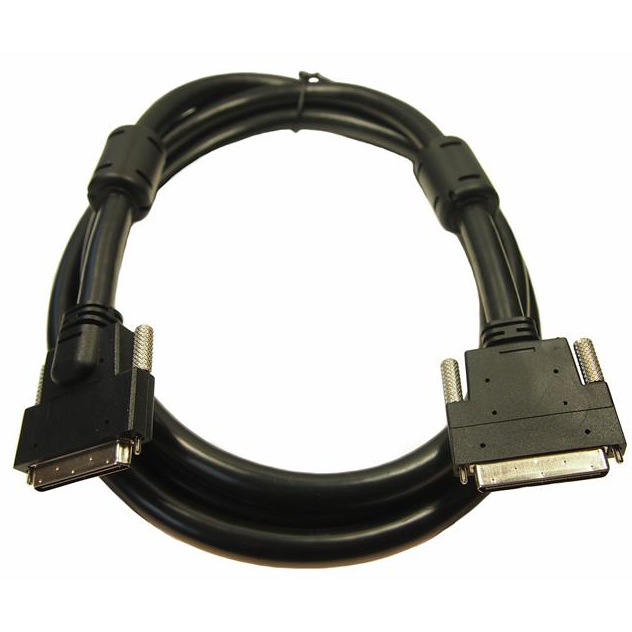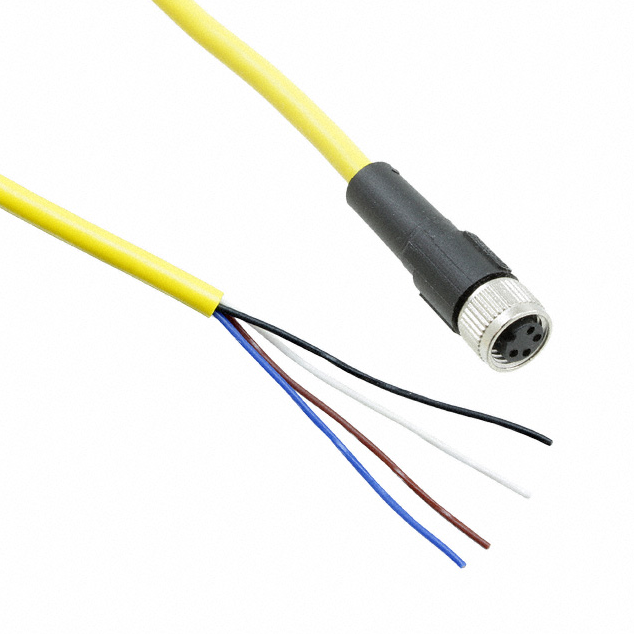Keeping progressing, Pursuing integrity, Embracing future
Evaluating the reliability of connecting wires requires testing and validation from multiple aspects. The following is an evaluation method compiled based on the latest information
:
1. Insertion and extraction force test
Purpose: To verify whether the insertion and extraction force of the connecting wire meets the product specification requirements.
Method: Fully insert or remove the connecting wire at the specified speed, and record the corresponding force value.
Reference standard: EIA-364-13.
2. Durability testing
Purpose: To evaluate the impact of repeated plugging and unplugging on connecting wires and simulate the plugging and unplugging conditions in actual use.
Method: Plug and unplug the connection cable continuously at the specified rate until the specified number of times is reached.
Reference standard: EIA-364-09.
3. Insulation resistance test
Purpose: To verify whether the insulation performance of the connecting wire meets the requirements of the circuit design, especially whether its resistance value meets the technical conditions under high temperature, humidity and other environmental stresses.
Method: Apply voltage to the insulation part of the connecting wire, measure the leakage current generated on the surface or inside of the insulation part, and obtain the resistance value.
Reference standard: EIA-364-21.
4. Voltage endurance test
Purpose: To verify whether the connecting wire can work safely under rated voltage, whether it can withstand overpotential, and thus evaluate whether the insulation material or insulation gap of the connecting wire is suitable.
Method: Apply a specified voltage between the connecting wire contacts and between the contacts and the housing, and maintain it for a specified time to observe whether the sample has breakdown or discharge phenomena.
Reference standard: EIA-364-20.
5. Contact resistance test
Purpose: To verify the resistance value generated when current flows through the contact surface of the connecting wire contact.
Method: By passing a specified current through the connecting wire and measuring the voltage drop at both ends of the wire, the resistance value can be obtained.
Reference standard: EIA-364-06/EIA-364-23.
6. Vibration testing
Purpose: To verify the effect of vibration on the performance of connecting wires and their components.
Method: Apply random vibration or sine vibration to the connecting wire and evaluate its performance changes under vibration conditions.
Reference standard: EIA-364-28.
7. Mechanical impact test
Purpose: To verify the impact resistance of the connecting wire and its components, and evaluate whether their structure is firm.
Method: Apply a specified shock waveform (such as half sine wave, square wave) to the connecting wire and record the tolerance of the connecting wire.
Reference standard: EIA-364-27.
8. Environmental adaptability testing
Temperature cycling test: Evaluating the performance of connecting wires under rapid large temperature differences
.
Temperature and Humidity Combined Cycle Test: Evaluating the Performance of Connecting Wires in High Temperature and High Humidity Environments
.
High temperature testing: Evaluating the performance of connecting wires exposed to high temperature environments
.
Salt spray test: evaluate the salt spray corrosion resistance of the connecting wire
.
Mixed gas corrosion test: evaluating the corrosion resistance of connecting wires in mixed gases of different concentrations
.
Inquiry
LATEST BLOGS
INQUIRY
RELATED PRODUCTS
 Durability testing method for connecting wiresRCD has over a decade of experience in the assembly of cables and connectors required for outdoor harsh environment equipment.
Durability testing method for connecting wiresRCD has over a decade of experience in the assembly of cables and connectors required for outdoor harsh environment equipment. How does the wiring harness perform in extreme environmentsRCD has over a decade of experience in the assembly of cables and connectors required for outdoor harsh environment equipment.
How does the wiring harness perform in extreme environmentsRCD has over a decade of experience in the assembly of cables and connectors required for outdoor harsh environment equipment. How to evaluate the lifespan and reliability of wire harnessesRCD has over a decade of experience in the assembly of cables and connectors required for outdoor harsh environment equipment.
How to evaluate the lifespan and reliability of wire harnessesRCD has over a decade of experience in the assembly of cables and connectors required for outdoor harsh environment equipment.




